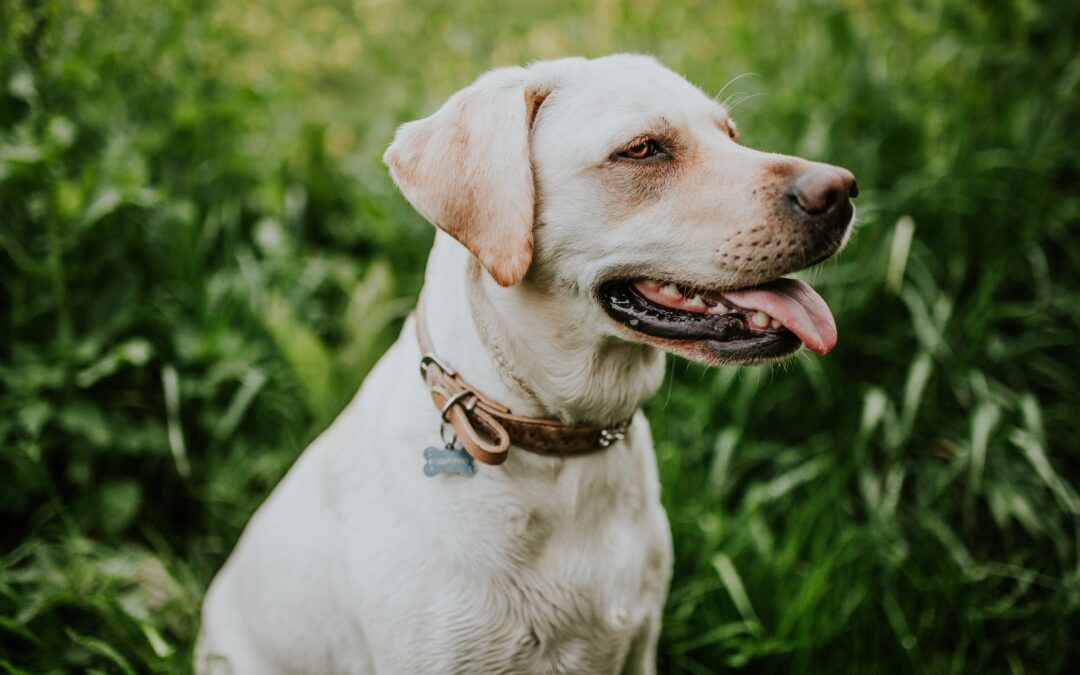10 Ways to Protect Your Pet from Heatstroke
During the height of summer, weather conditions can become more than miserable for your furry pal—they can be downright dangerous. Protect your pet from the threat of heatstroke with the following tips.
#1: Monitor the weather
By keeping a close eye on the temperature and humidity, you can time your pet’s outdoor excursions to the coolest part of the day. In general, the best time to exercise is early in the morning before the sun and humidity have had a chance to rise. Throughout the rest of the day, stick to short bathroom breaks and save energetic activities for indoors.
#2: Encourage your pet to drink
Distracted by the fun of outdoor adventures, your pet may forget to drink the necessary amount of water needed to keep them hydrated. Encourage your pet to increase their water intake by tossing ice cubes in their water bowl, purchasing a pet drinking fountain, or simply refreshing their water frequently with cool, clean liquid.
#3: Seek the shade
Whether you’re relaxing outside with your pet or taking a stroll around the block, seek shade to prevent overheating and burnt paws. Although your pet’s paw pads may seem impervious to harm, they are sensitive and can blister easily from walking on scorching hot pavement.
#4: Use extra care for pets with certain conditions
Certain health issues or characteristics can increase your pet’s risk of heatstroke. If your furry pal falls into any of the following categories, take extra precautions to prevent overheating:
- Overweight or obese
- Very young or very old
- Dark- or thick-furred
- Cardiac disease
- Respiratory disorders, especially short-nosed breeds such as Bulldogs or Pugs, and those with tracheal collapse
- Endocrine imbalances
#5: Know the warning signs of impending heatstroke
To prevent heat stress or heat exhaustion from developing into full-blown heatstroke, which can cause organ failure, watch out for these warning signs. Early signs that indicate your pet is overheating include:
- Heavy panting
- Thick, ropey drool
- Lethargy or reluctance to go further on a walk
- Disorientation
#6: Provide proper ventilation and air circulation
Ensuring adequate airflow is essential to keep your pet cool and prevent heatstroke. If your pet spends a lot of time indoors, make sure the area is well-ventilated with fans or air conditioning. If you don’t have air conditioning, create cross-ventilation by opening windows (be careful with cats who are known to jump from open windows) or using fans strategically. This will help regulate the temperature and keep the air circulating, reducing the risk of heat buildup.
#7: Never leave your pet in a parked car
One of the most dangerous mistakes pet owners can make is leaving their furry companions in a parked car, even for a short period of time. On a hot day, the temperature inside a car can skyrocket within minutes, reaching lethal levels. Leaving the windows slightly open or parking in the shade is not enough to keep your pet safe. It’s always better to leave your pet at home, where they can stay cool and comfortable.
#8: Consider protective clothing and accessories
For pets that are particularly vulnerable to heat, such as dark-furred or thick-coated breeds, consider using protective clothing or accessories. Special pet-friendly sun shirts or lightweight, breathable vests can provide an additional layer of sun protection and help regulate their body temperature. However, always make sure that the clothing fits properly and does not restrict your pet’s movement or airflow. Paw pads and shoes are also a great idea to protect your pet from hot asphalt or sand.
#9: Practice proper grooming
Regular grooming is not only important for maintaining your pet’s hygiene but also for heat regulation. For pets with long or dense coats, consider giving them a summer trim to help keep them cool. However, be cautious not to shave them too closely, as their fur also acts as insulation against the sun’s rays. Consult with a professional groomer to determine the best grooming practices for your pet’s breed and coat type.
#10: Educate yourself about your pet’s specific needs
Every pet is unique, and some may be more susceptible to heatstroke due to underlying health conditions or other factors. Consult with your veterinarian to understand any breed-specific risks or health concerns that could increase your pet’s vulnerability to heat-related issues. By having a comprehensive understanding of your pet’s needs, you can take the necessary precautions and provide appropriate care.
Remember, preventing heatstroke is crucial for your pet’s well-being. By implementing these tips and staying vigilant, you can help ensure that your furry friend stays safe and comfortable during the hot summer months. If you suspect your pet is experiencing heatstroke or heat-related distress, don’t hesitate to walk in to our 24/7 emergency room to prevent further complications. Our team of emergency & critical care veterinarians are trained to diagnose and treat heat stroke properly. This includes instituting active cooling, protecting the airway, and treating systemic sequelae of heatstroke. The longer your pet’s temperature remains elevated, the more difficult the condition is to treat. If you suspect heatstroke, you should carefully bathe your pet in room temperature water if possible, and seek veterinary attention right away.

